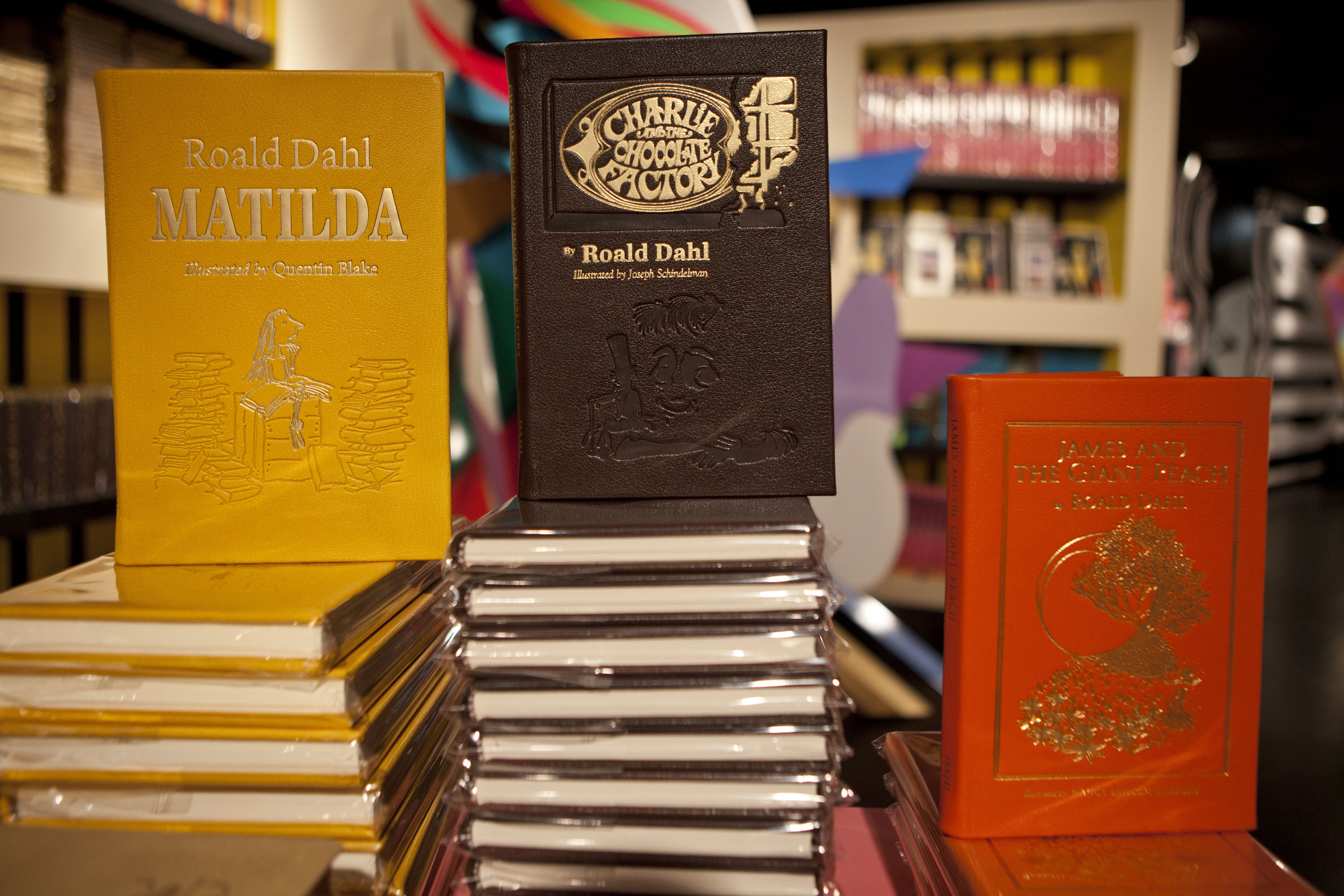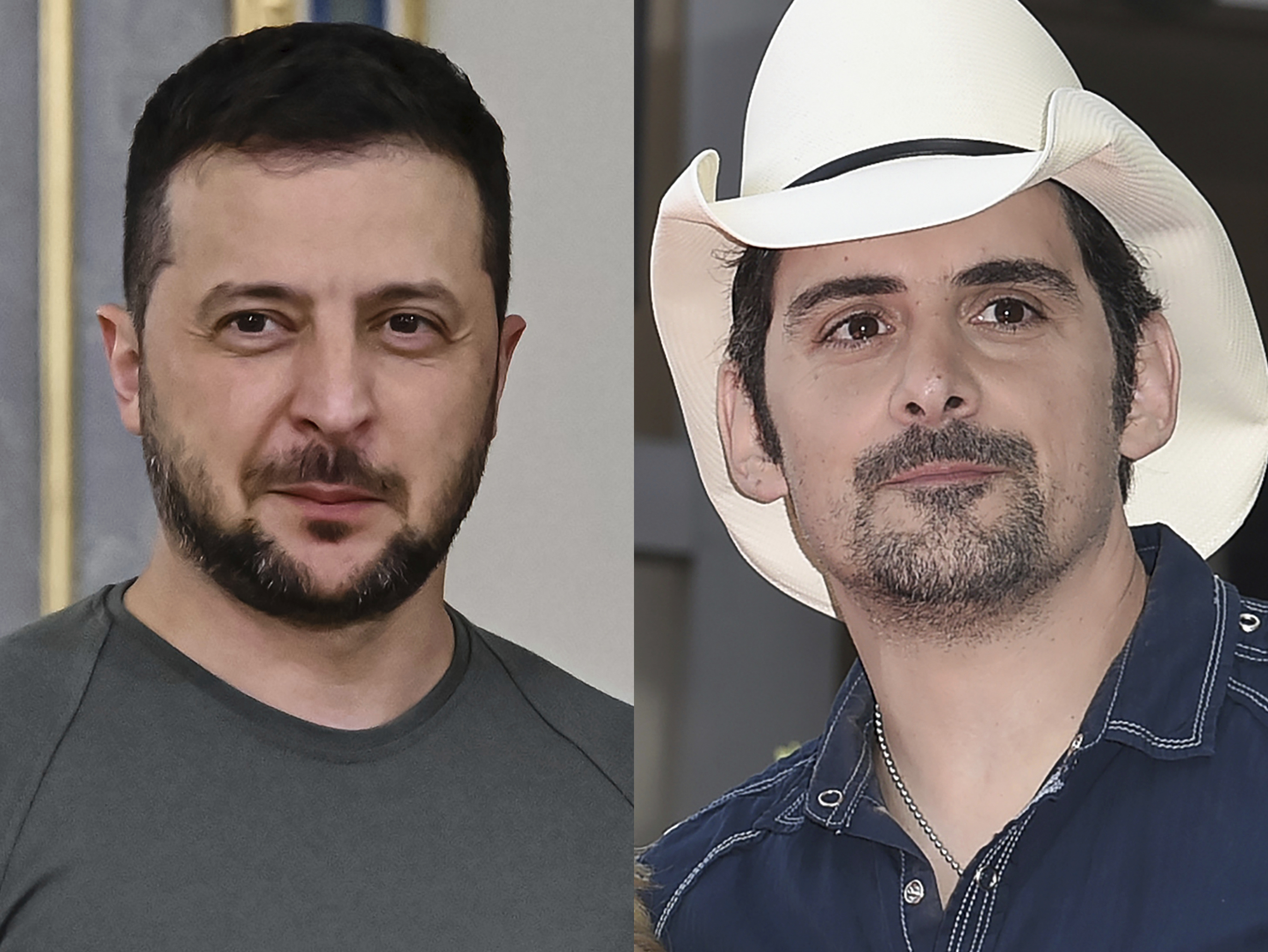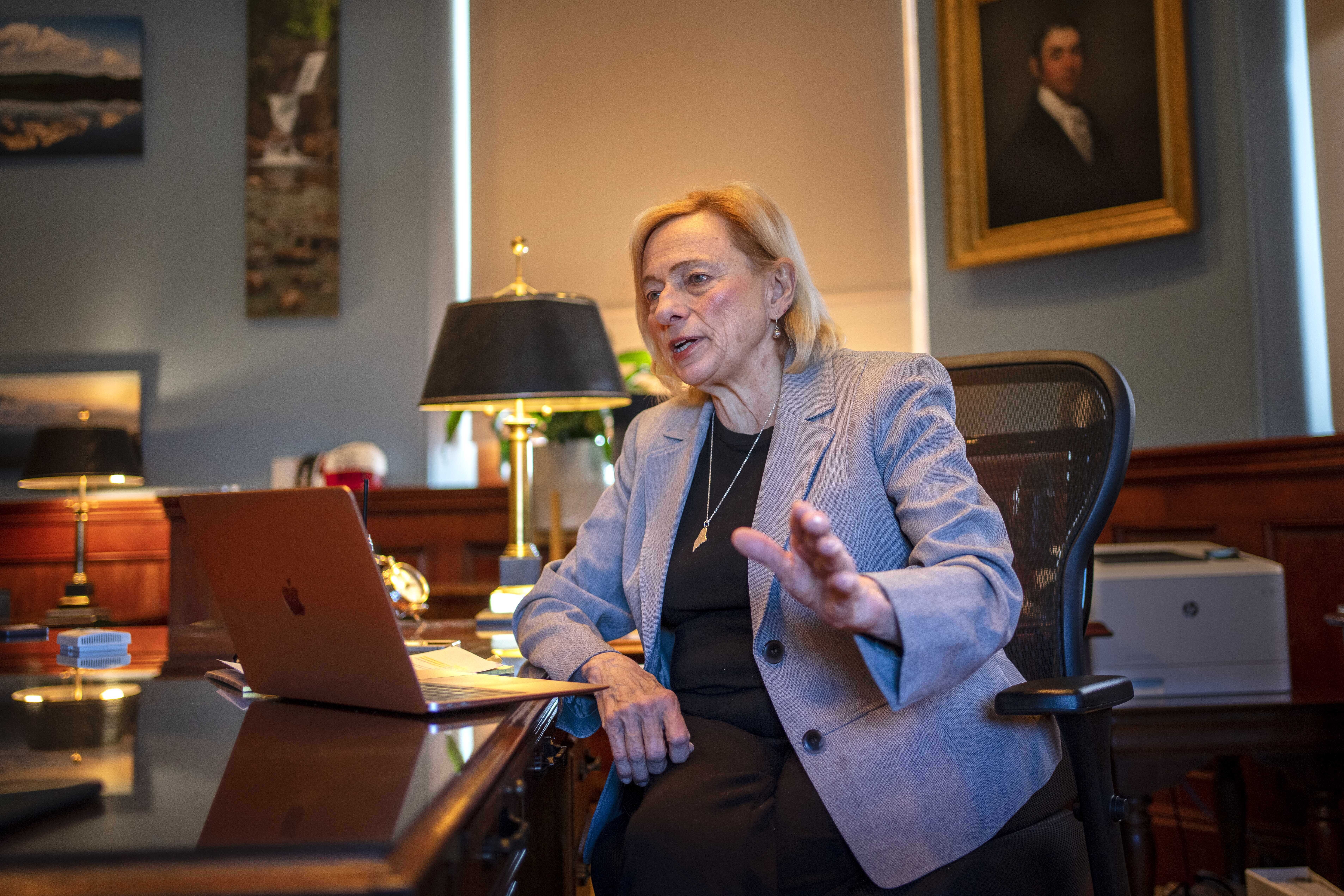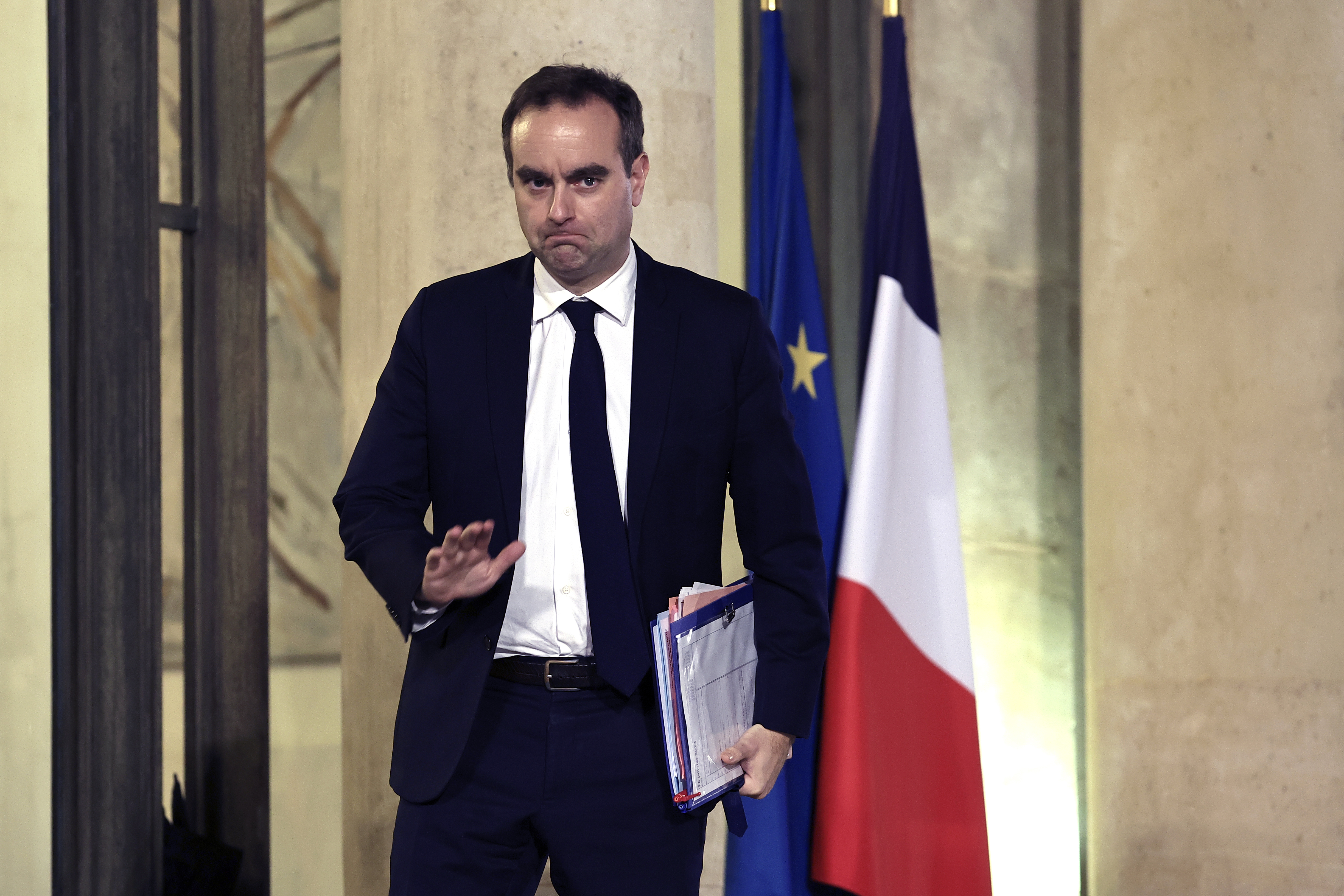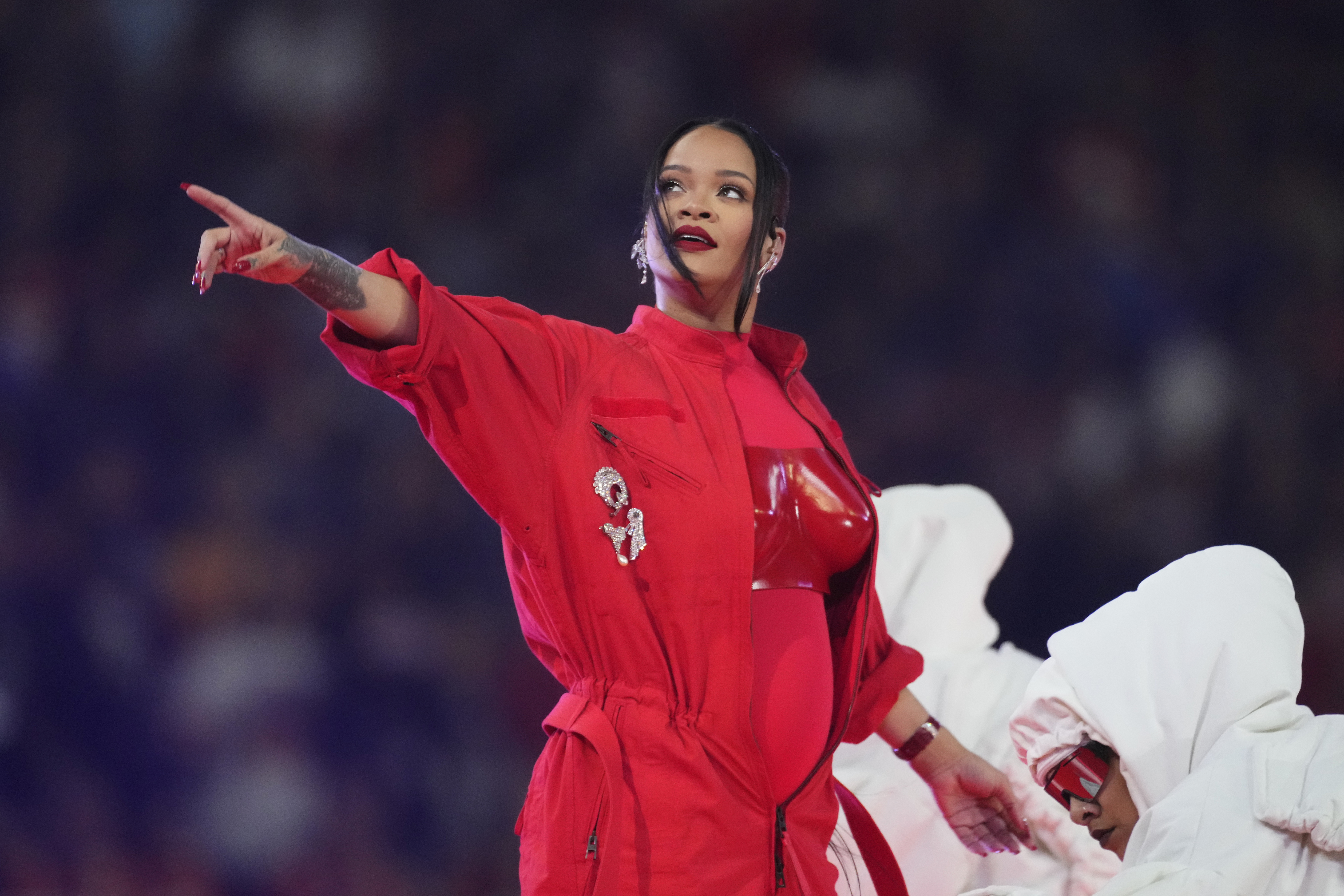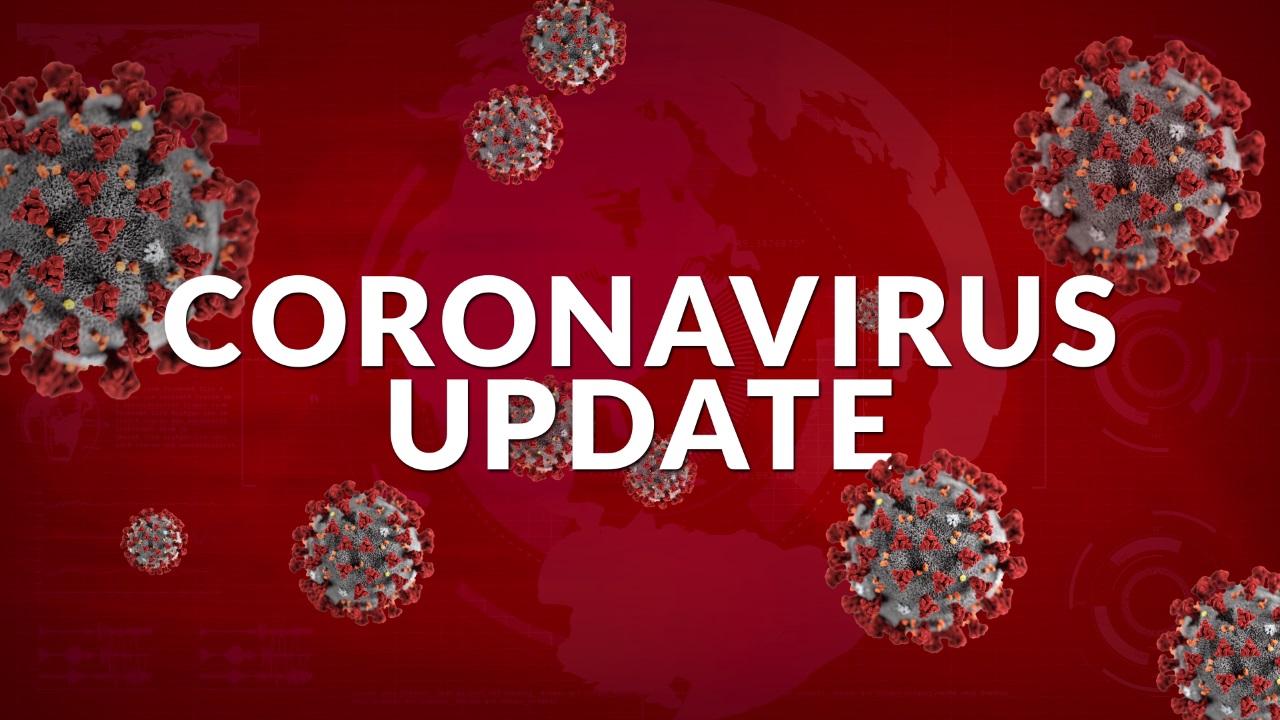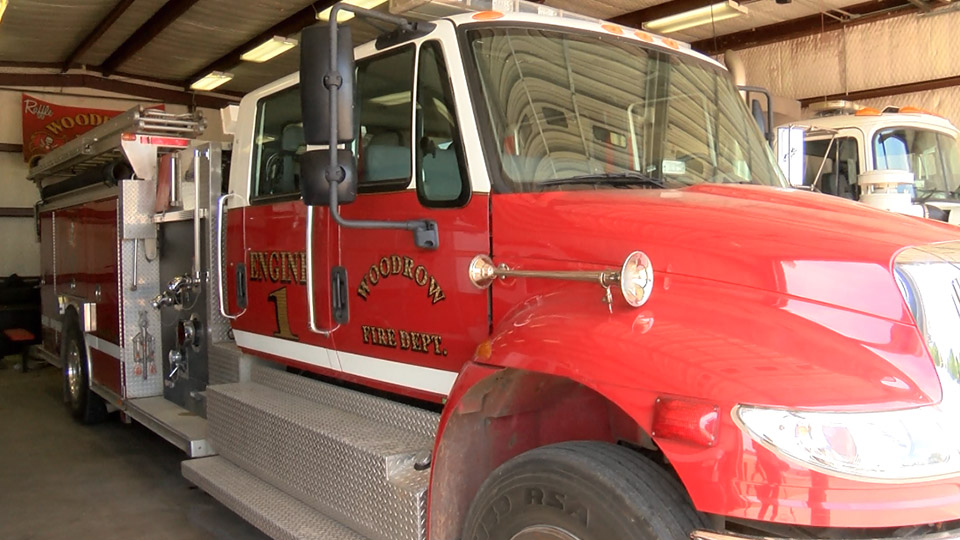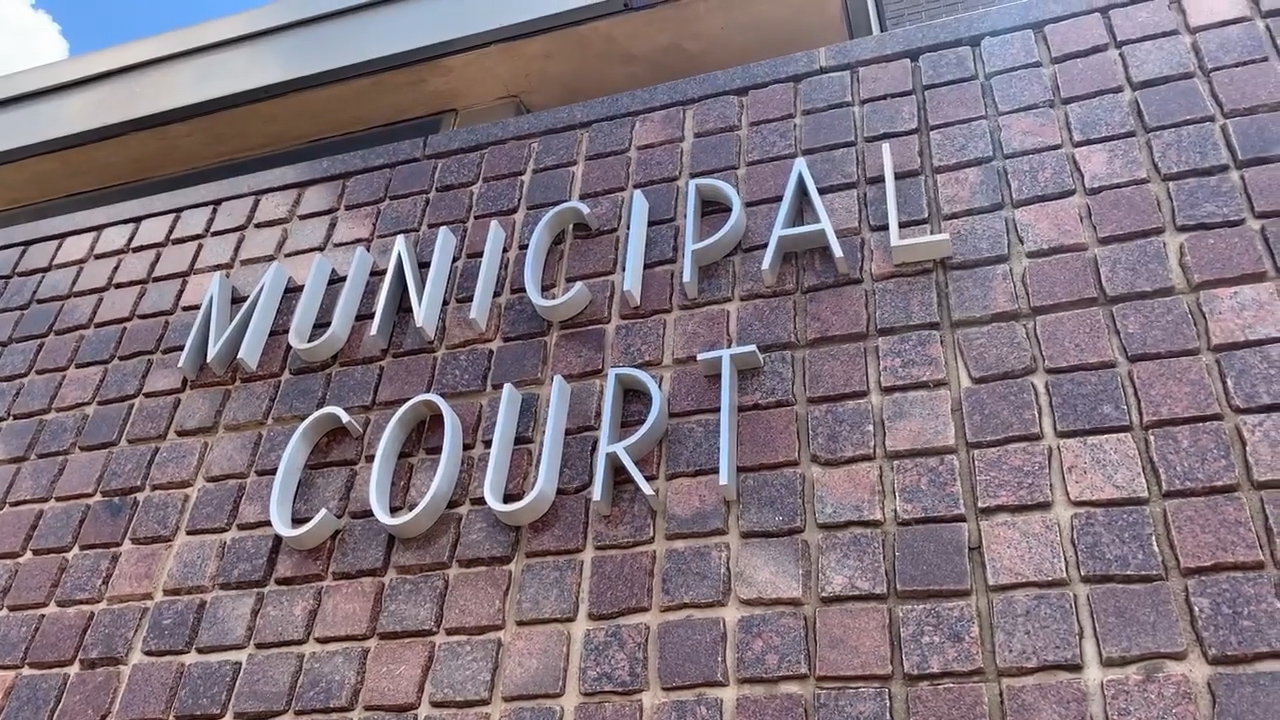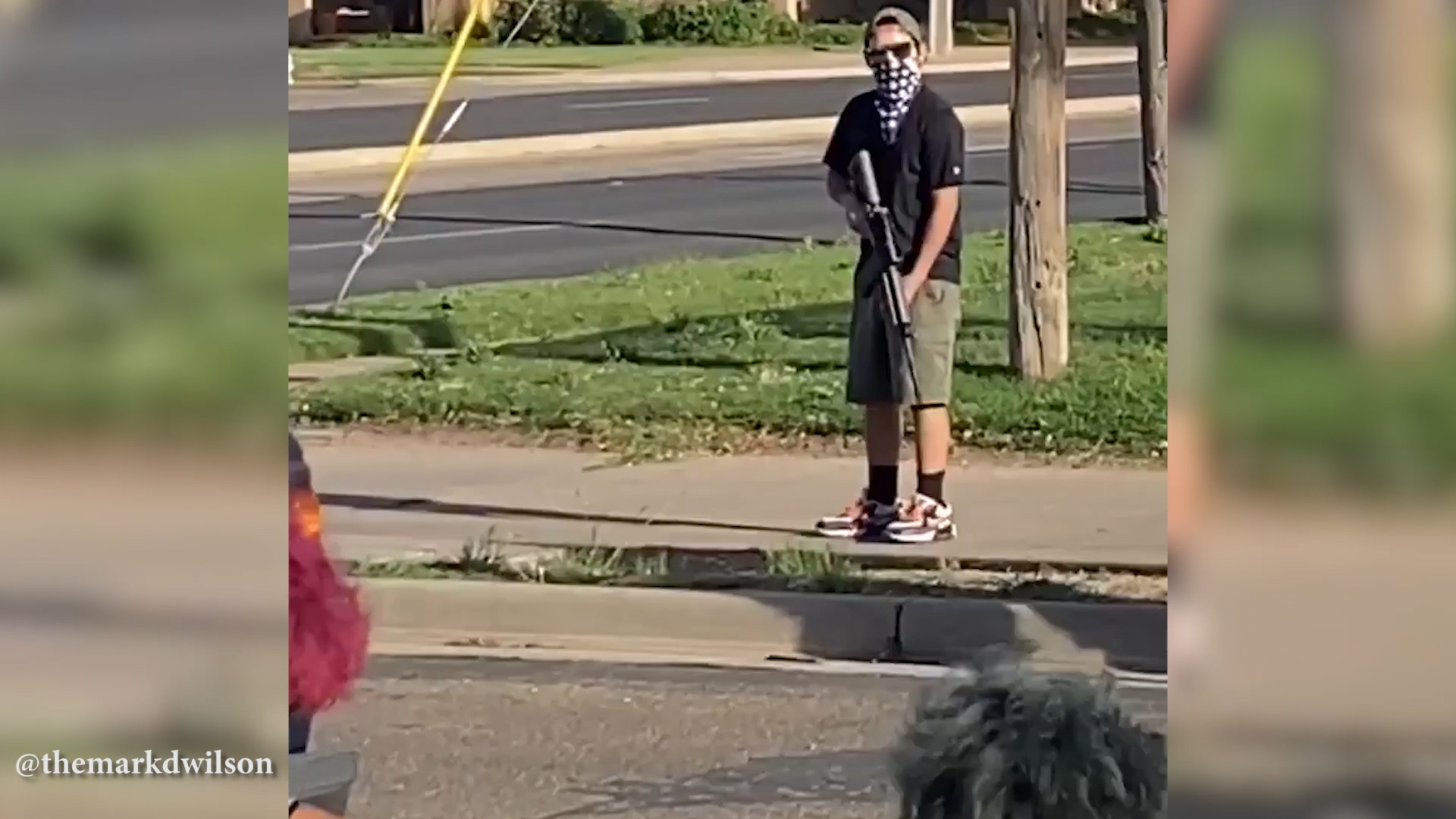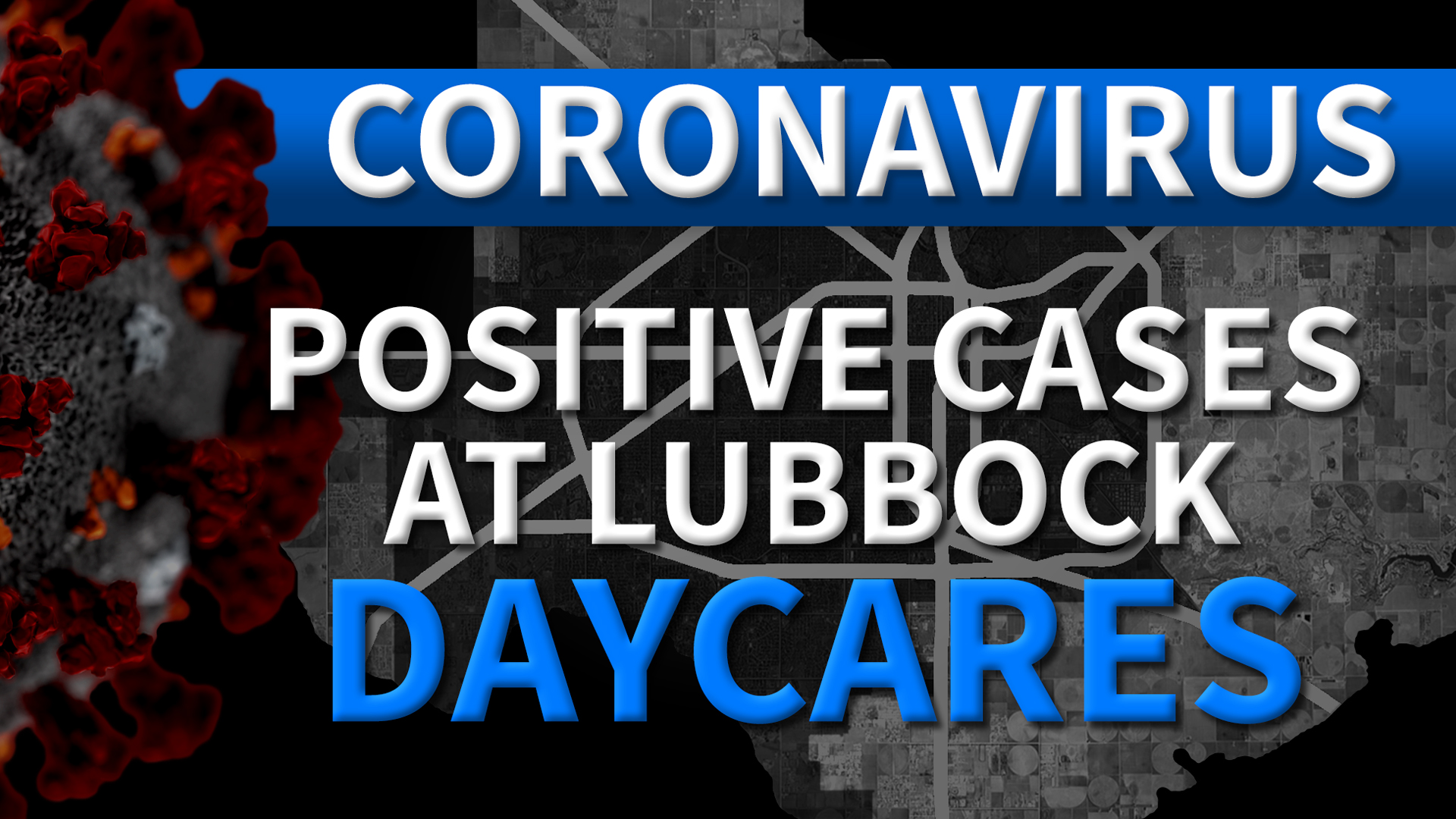The following is a news release from Texas Tech University:
Red is the color of power and passion. It is a color that says “look at me.” Red, with its brilliant hue, has inspired artists’ imaginations and seduced viewers for millennia. And we have a small bug to thank for the bright color.
The exhibition, “The Red That Colored the World,” combines new research and original scholarship to explore the history and widespread use in art of cochineal, an insect-based dye source for the color red, whose origins and use date to the pre-Columbian Americas. The exhibition opens Sept. 18, 2018, and runs through Jan. 17, 2019 at the Museum of Texas Tech University.
The Museum draws on its clothing and textiles collection for the companion exhibition Ladies in Red, which is now open. A third red-themed exhibition, Red, Hot & Quilted will open Sept. 25.
“This insect truly provided the riches Spain sought from the New World, said Marian Ann J. Montgomery, curator of clothing and textiles at the Museum of Texas Tech University. “The red cochineal dye was the brightest and most colorfast of anything available in the world at the time. The desire for this color made Spain rich with its monopoly on the dye until the Dutch invented the microscope and could see that the color came from insects.”
The exhibition translates the cochineal story into three dimensions, following the precious bug juice and its use in art from Mexico to Europe to the U.S. and beyond. Artists and dyers for centuries strived to find the color source to rival the best reds of nature and to express the spirit, symbolism, and sustenance of life. Their quest ended in the Aztec marketplaces of 16th-century Mexico, where Spanish explorers encountered the American cochineal bug. The bug, found in the southwestern U.S., Central, and South America, created an unparalleled range of reds with potent economic value.
The Red That Colored the World highlights more than 50 objects including textiles, sculpture, paintings, decorative arts and clothing from the Museum of International Folk Art in Santa Fe, New Mexico, private lenders, and museums around the country. The exhibition explores the history of cochineal and the seductive visual nature of red. The objects reflect the unique international uses of color, revealing its role in the creative process, and the motivations of artists in their choice of materials.
Pre-Columbian weavers used cochineal. So did painters El Greco, Rembrandt, and Van Gogh. Hispano saint makers and Navajo weavers of the 18th- and 19th-century American Southwest followed suit, as did 20th century-Spanish design icon Mariano Fortuny. Synthetic dyes eclipsed natural sources in the late 19th century, but cochineal’s cachet never completely waned. Through such international objects, the exhibition follows the story to today, where cochineal and the color red remain hot commodities in cosmetics and commercial products, contemporary art, fashion and design, and other expressions of popular culture.
The Museum of Texas Tech University draws on its extensive clothing and textiles collection for Ladies in Red, a companion exhibition featuring a range of clothing from Texas Tech University cheerleader uniforms to designer gowns. Among the items on display is a red gown designed by Arnold Scaasi, worn by former first lady Laura Bush, the red suit former Lady Raider Head Coach Marsha Sharp wore when the team on the NCAA Basketball Championship, and clothing from Lubbock trendsetters such as Margaret Talkington and Louise Underwood.
Also on display will be art quilts from the Caprock Art Quilters. Red, Hot & Quilted. Inspired by the featured exhibit on cochineal quilt artists from West Texas created quilts around the exhibit’s theme. These quilts reflect personal life experiences, family commemorations and are examples of fine art created in the textile medium.
“The Red program that we will present in fall and winter 2018 spans biology, history, culture, art, and fashion,” said Gary Morgan, executive director of the Museum. “The three exhibitions complement each other beautifully. This is a program that has something of interest for everyone – and especially for Red Raiders who have a particular passion for the color.”
“The Red That Colored the World,” is organized by the Museum of International Folk Art in Santa Fe, NM and circulating through GuestCurator Traveling Exhibitions. It has been made possible in part by a major grant from the National Endowment for the Humanities: Celebrating 50 Years of Excellence. Any views, findings, conclusions, or recommendations expressed in this exhibition do not necessarily represent those of the National Endowment for the Humanities.
(News release from Texas Tech University)


